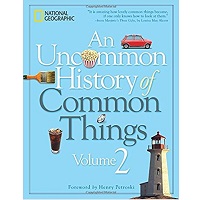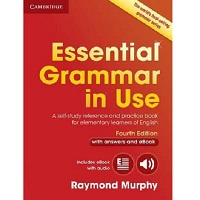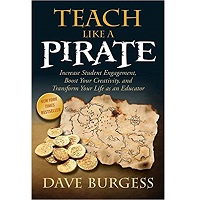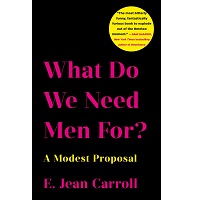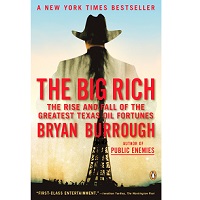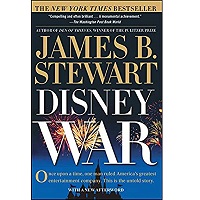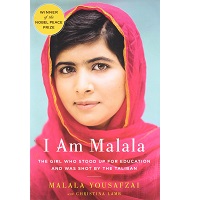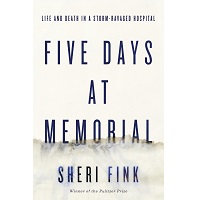Five Essential Tips for Writing Great Short Stories

Millions of people want their work to be published, but not everyone has the energy to write a novel. Even if someone has already written a novel, they might be trying to try something new. There is not just one reason people want to write short stories.
Short stories are in high demand nowadays in magazines, blogs, and anthologies. If you find the right connections, it pays authors well in the long run. Some authors even make more by writing short stories.
However, writing a short story that will be moving enough to get published by your aspired publication house or website can be challenging. You will face some challenges on the way, but you have to stay optimistic. Remember that at the end of the day, nothing is impossible.
If you are not sure where to begin, here are a few essential tips that can help you get your short story published by your aspired website or a publication house.
1. Distinguish Novels and Short Stories
The ground rules for publication may be the same, but there are significant differences between a short story and a novel. Yes, the ground rules demand that your work be coherent and grammatically apt; every word must be spelled correctly.
When it comes to writing a novel, usually, the authors get to decide the word length of their work. However, when it comes to short story writing, writers must be confined to a specific word length. Therefore, it can be more challenging to write a compelling short story.
In limited words, it can be hard to adjust all elements of a good read, such as inciting events, rising action, and climax. Stories must be cut down and revised many times to fall in the ideal world length. Instead of focusing on the protagonist’s life, short stories focus on a life event.
Therefore, when writers write short stories, especially for the first time, they must focus on creating a connection with the reader in limited words.
2. Limit the Number of Characters
As the name suggests, short stories are supposed to be shorter than other pieces of literature. They need to engage the reader, create a rise, and show the fall in limited words. When you have limitations at hand, it is always better to keep things simpler.
One common mistake inexperienced short story writers make is that they introduce many characters in their short stories. Its purpose may be to add depth to the story or create an interesting point of view. However, more characters complicate things. It can get hard for the reader to keep track of things.
Commonly, a short story should consist of 3-4 active characters, including the protagonist, antagonist, and 1-2 supporting characters. This way, a reader can have someone to cheer for, someone to hate, and other people as a support to the main characters.
Remember that the number of characters does not define the success of your short story. Instead, it’s about making your story precise and interesting for the reader. No one is limiting you from adding depth to your story.
3. Hire a Professional Editor
Everyone in your literary circle will have one shared suggestion for you – to revise your short story until it hurts. After all, you need to make it interesting in limited words and ensure that it does not lose its essence. Every word you write adds to your final target length.
When you revise your work countless times, there will be a point when you are clueless about what needs to be revised. You may feel something is wrong but probably will not figure it out yourself. That is when you will need to look for the best short story editors in the USA.
Editors are professionals with years of experience who understand the publishing market. They can help you adjust your work, remove avoidable mistakes, eliminate redundancy, and do much more to ensure that your work makes it past the publishers.
When a writer may face writer’s block, a professional editor can be the objective eyes of the writer. They help you ensure that the final draft of your short story fits all the publisher’s demands and captivates the reader too.
4. Suggest a Backstory
When you write a short story, there is no space for you to write a character’s backstory. You must use the space carefully and focus on creating an in-depth story for your reader. Therefore, it’s never a good idea to dedicate a lengthy part of your precise short story to the character’s past.
Instead, you can use small details throughout your story to hint at the backstory of your characters to the reader. Let the reader’s imagination fill in the blanks for your characters. This practice can add more depth to your character, even without using words.
When you write and revise, you must remember that the point of short stories is to be brief. When a reader chooses to read a short story, they want to be done with it in one go. Readers enjoy the work that engages their imagination and takes them to an alternative world.
5. Limit the Structure
One cannot emphasize enough the importance of staying brief while writing a short story. Ideally, a reader should be able to read a short story within one sitting. That is why you must keep things simple and create a tight structure for your story.
Make sure that you do not involve a lot of characters. Especially make sure that there are not a lot of events in your short story. That is one of the main characteristics distinguishing your short story from a novel. Remember that your short story is not a season that will be aired on TV.
Many expert writers and publishing houses recommend that an ideal short story should be between 5,000 and 7,000 words. Limited words make it easier for the reader to read in one sitting without taking their eyes off the page.
Do not consider the number of words as a limitation. Instead, put effort into appealing to more than the visual sense of reading for the reader. Take them to another world where they touch, hear, smell, and taste to feel in the protagonist’s shoes.

